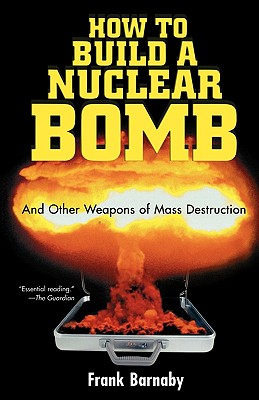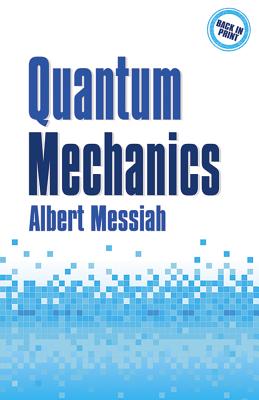
description
o the branch of physics known as mechanics. Experiments and activities are embedded into the text, so that students discover for themselves the scientific principles they are reading about. The text is lively and often humorous and has cartoon characters who take the reader to meet the famous scientists who are credited with making these discoveries. Very few specialized tools or materials are required. Most of the supplies are items commonly found in most homes, or easily purchased at a local store. Topics include center of mass, simple machines, mechanical advantage, types of levers, pendulums, resonance, oscillation, inertia, mass, weight, newtons, static and kinetic friction, free body diagrams, gravity, velocity, acceleration, terminal velocity, big G, relativity explanation of gravity, Newton's three laws, momentum, impulse, collisions, Cartesian grid, graphing motion, parabolic motion, uniform circular motion, cycloids, centripetal force, angular momentum, moment of inertia, kinetic and potential energy, and work. About a dozen equations are introduced, but they require nothing more than pre-algebra level math (examples: d=1/2gt2, L=mvr, PE=mgh, KE=1/2mv2) The scientists included are Archimedes, Aristotle, Galileo, Da Vinci, Newton, Cavendish, Descartes, Foucault, Einstein, and Marey, with mentions of Euclid, LaPlace, Stokes, Maxwell, and Blackburn.
member goods
No member items were found under this heading.
Return Policy
All sales are final
Shipping
No special shipping considerations available.
Shipping fees determined at checkout.







